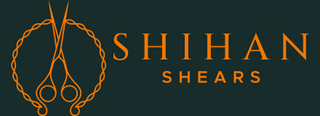Salon Business
-

Global Influence of Indigenous Hairstyles
Indigenous hairstyles are shaping modern beauty trends by blending heritage with contemporary fashion. These styles, rooted in centuries of history, serve as symbols of identity, spirituality, and community. From African...
-
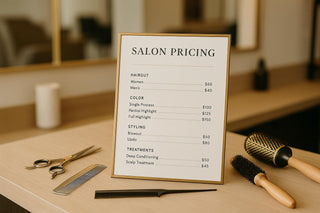
How to Create a Salon Pricing Sheet
Your salon pricing sheet is more than just a list of services - it's a tool to build trust, streamline operations, and attract clients. Here's how to create one that...
-
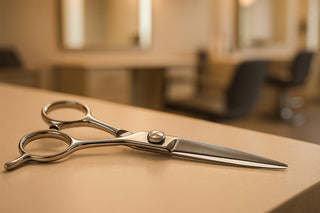
Top 5 Metals for Corrosion-Resistant Hair Shears
When choosing hair shears, the metal they’re made from determines how long they last, how sharp they stay, and how much maintenance they need. For hairstylists and barbers, corrosion resistance...
-
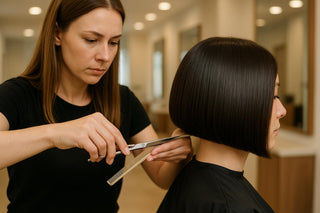
Complete Guide to Bob Haircut Techniques
The bob haircut - a timeless and versatile style - has remained a staple in the beauty and styling industry for years. Known for its clean lines, adaptability, and ability...
-
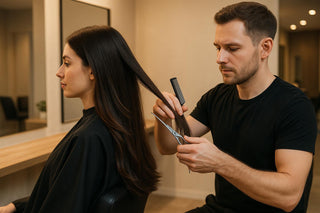
How to Cut Perfect Long Layers for Natural Volume
The art of cutting long layers to achieve natural volume is a skill that requires precision, attention to detail, and a deep understanding of hairstyling techniques. In the video, an...
-

Salon Pricing Models: Local Competitor Comparison
Charge too much, and you risk losing clients. Charge too little, and you undervalue your work. This guide breaks down four popular pricing models to help salon owners decide what...
-

Dry Cutting vs Wet Cutting: Pros and Cons
When it comes to cutting hair, stylists often choose between two methods: wet cutting and dry cutting. Each approach has its strengths and challenges, and the choice depends on factors...
-

Competitor Pricing vs. Service Value: Key Insights
Balancing pricing and service value is essential for salons to attract and retain clients. Here's what you need to know: High-End Salon Chains: Charge premium prices for a luxury experience....
-

Barber vs. Cosmetology Licensing: Key Differences
Navigating the licensing requirements for barbers and cosmetologists can be confusing, but here’s the bottom line: while both professions require state-specific licenses, their training, tools, and career focus differ significantly....
-
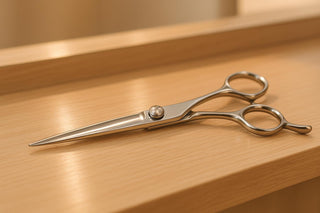
How Japanese Steel Shears Improve Accuracy
Japanese steel shears are precision tools designed for professional hairstylists. Their sharpness, durability, and ergonomic design make them ideal for creating clean, accurate cuts. Here's why they stand out: Material...
-

Wet vs Dry Cutting for Curly Hair: Key Differences
When it comes to cutting curly hair, the choice between wet and dry methods can significantly impact the final look. Here's what you need to know: Wet cutting stretches curls,...
-
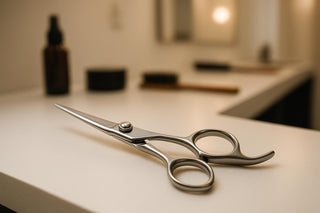
Top 7 Ergonomic Shears for Perfect Balance
Finding the right shears is crucial for hairstylists who work long hours and need precision without strain. Ergonomic shears are specifically designed to reduce hand fatigue, improve comfort, and enhance...
